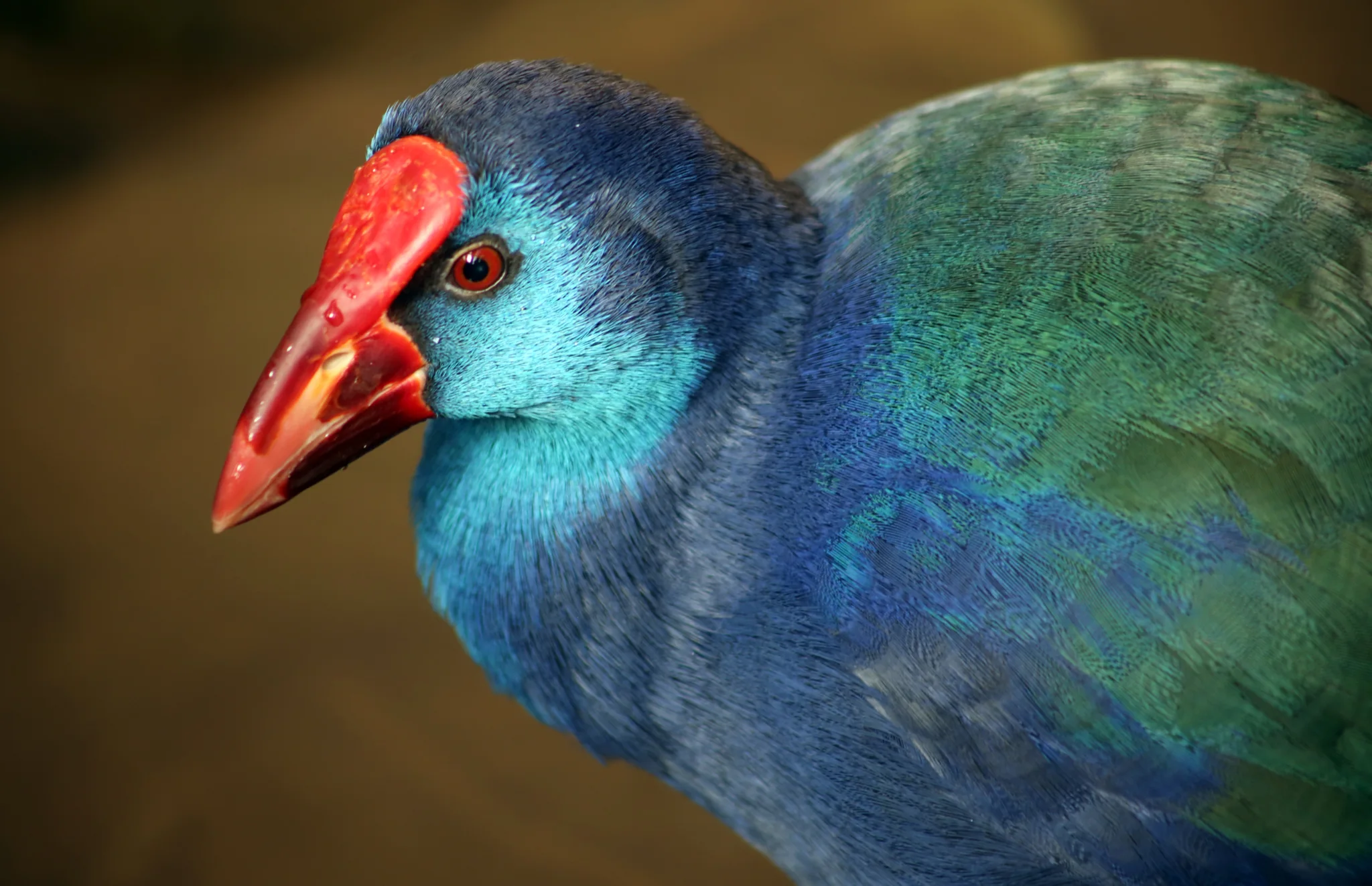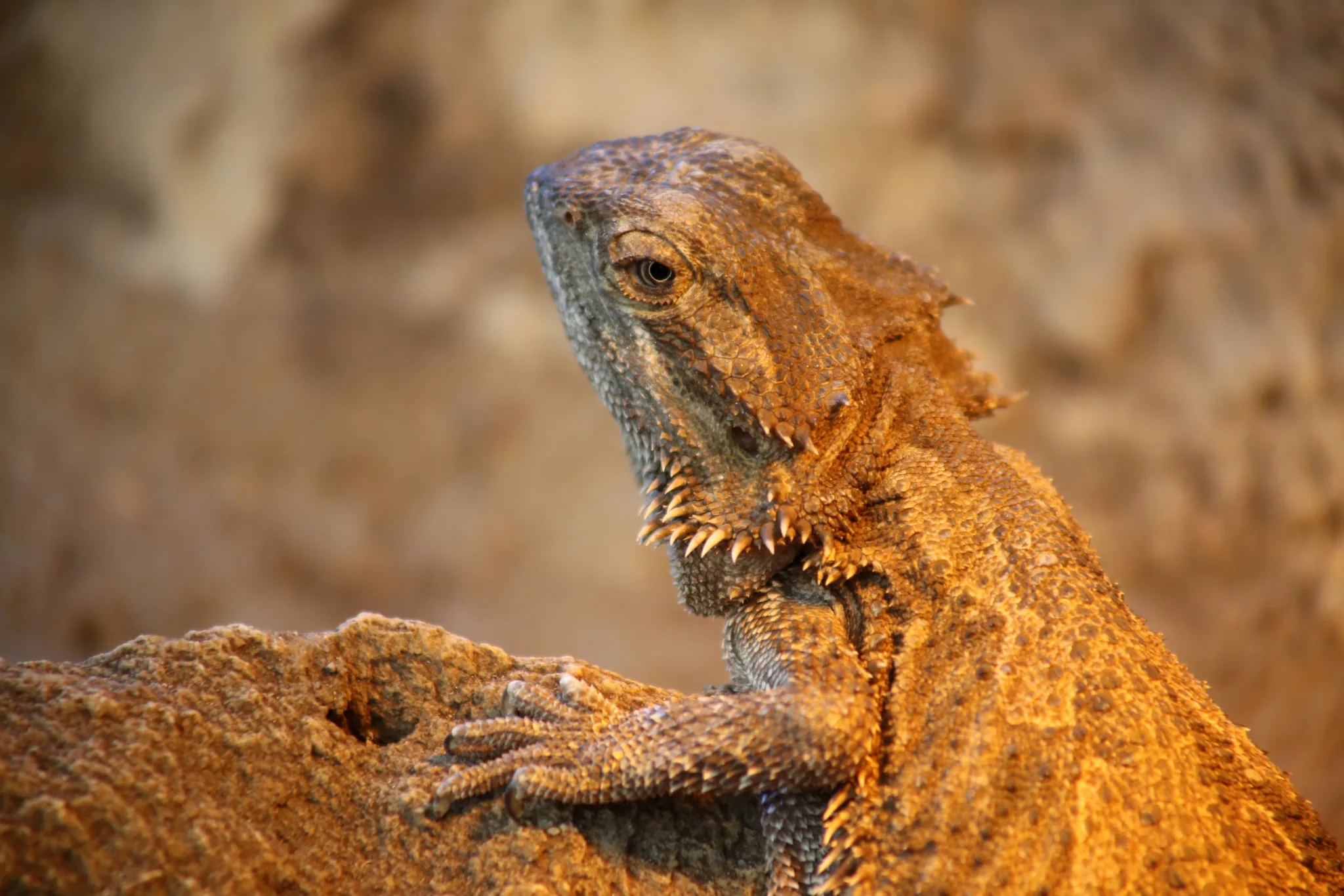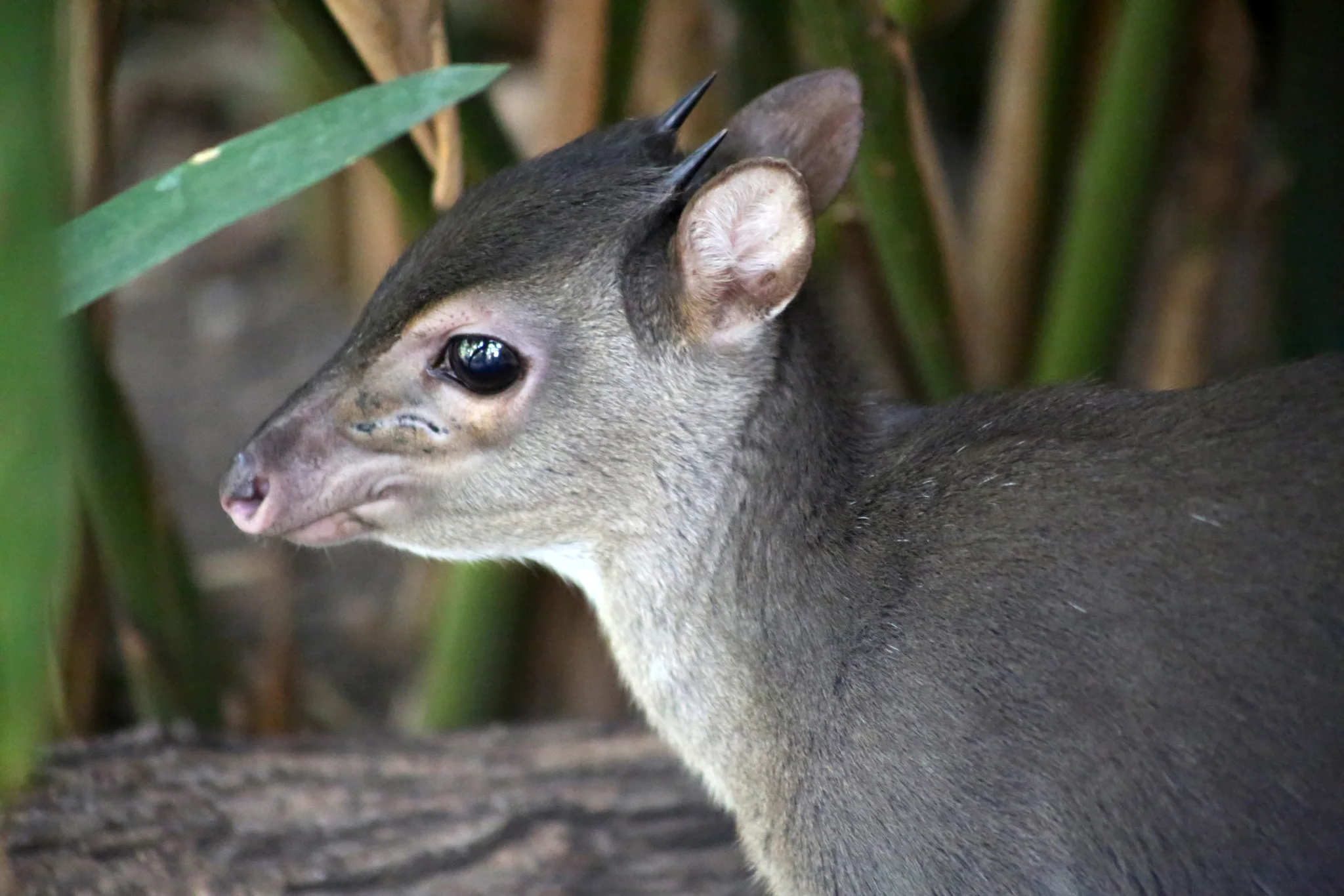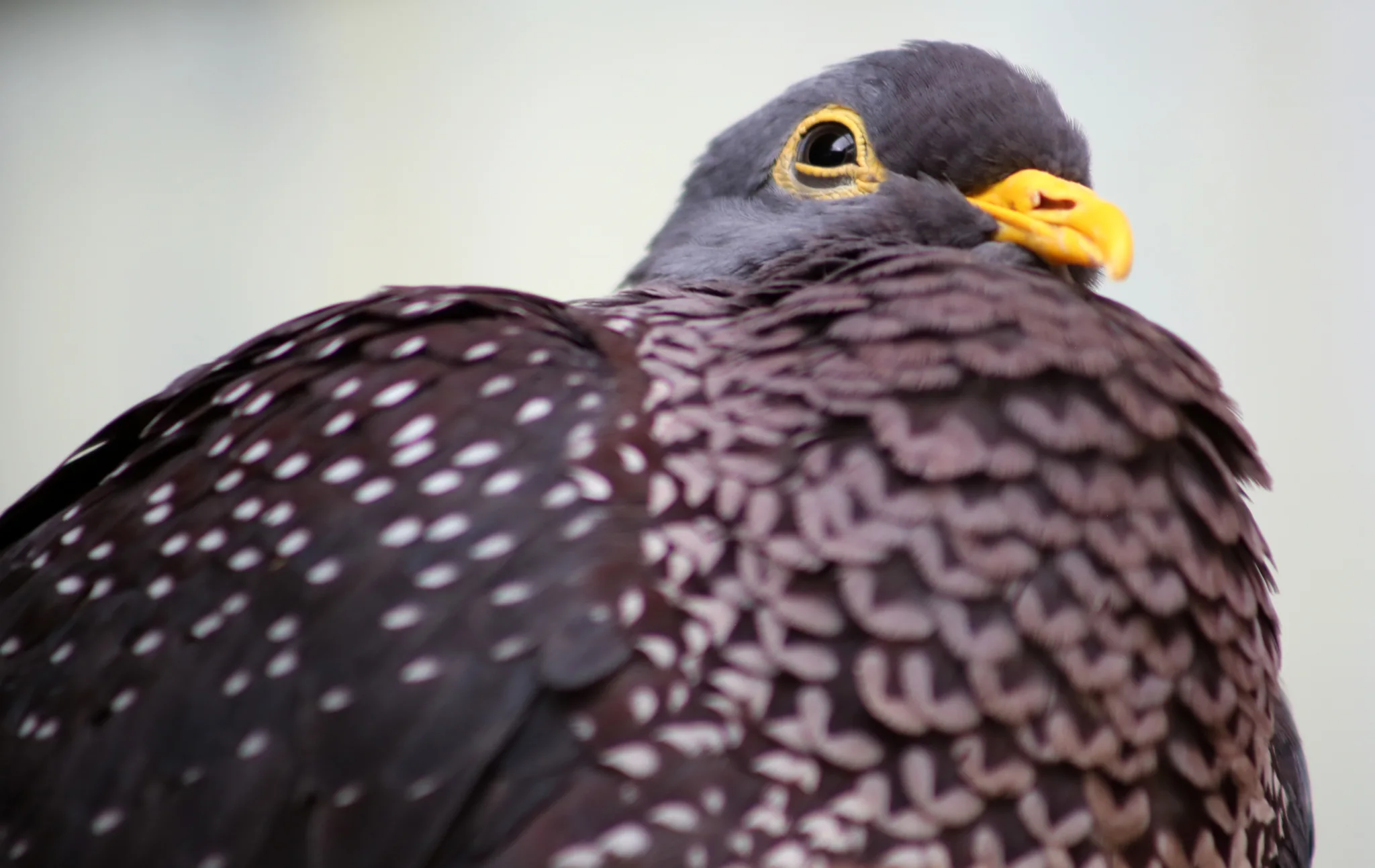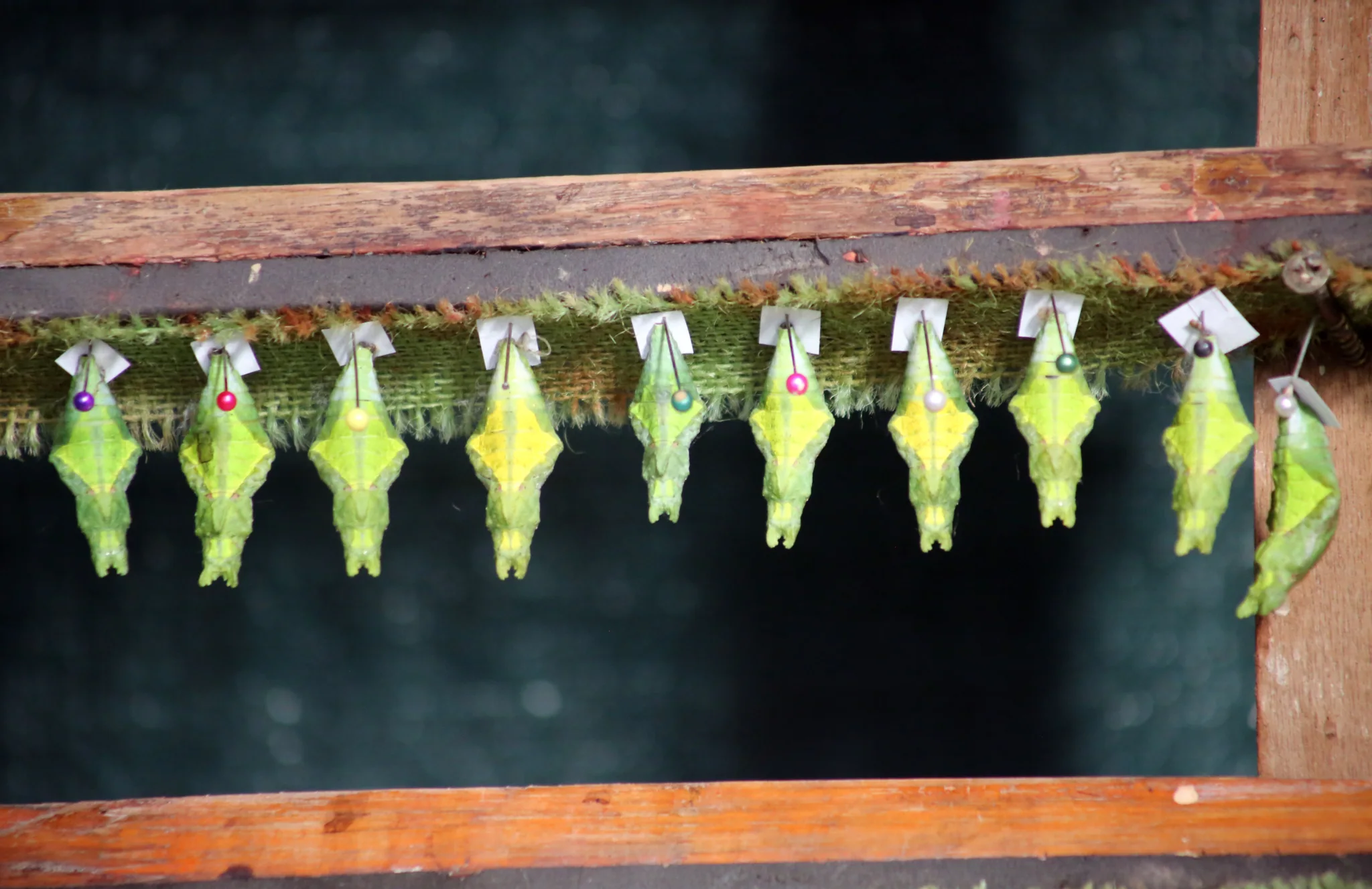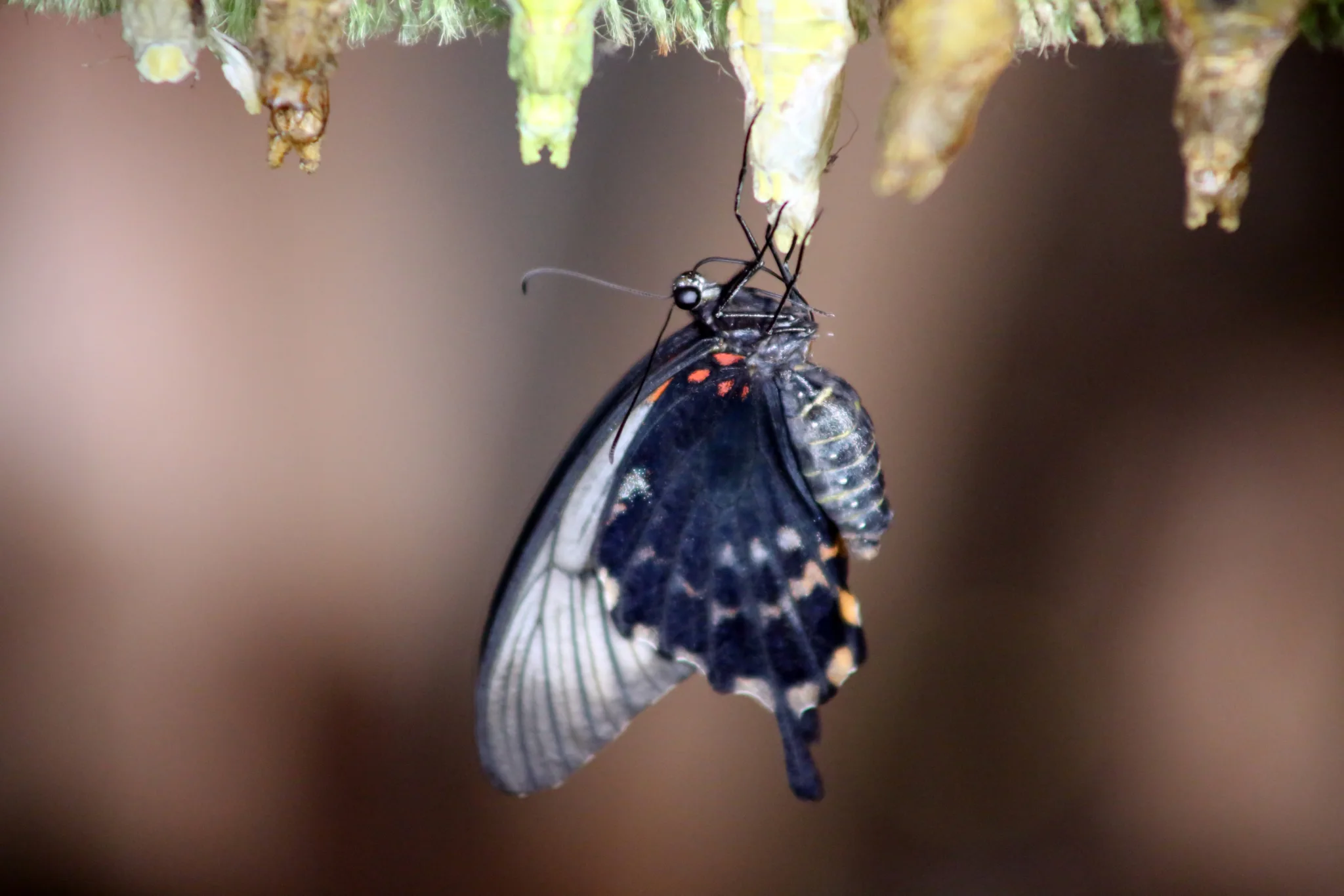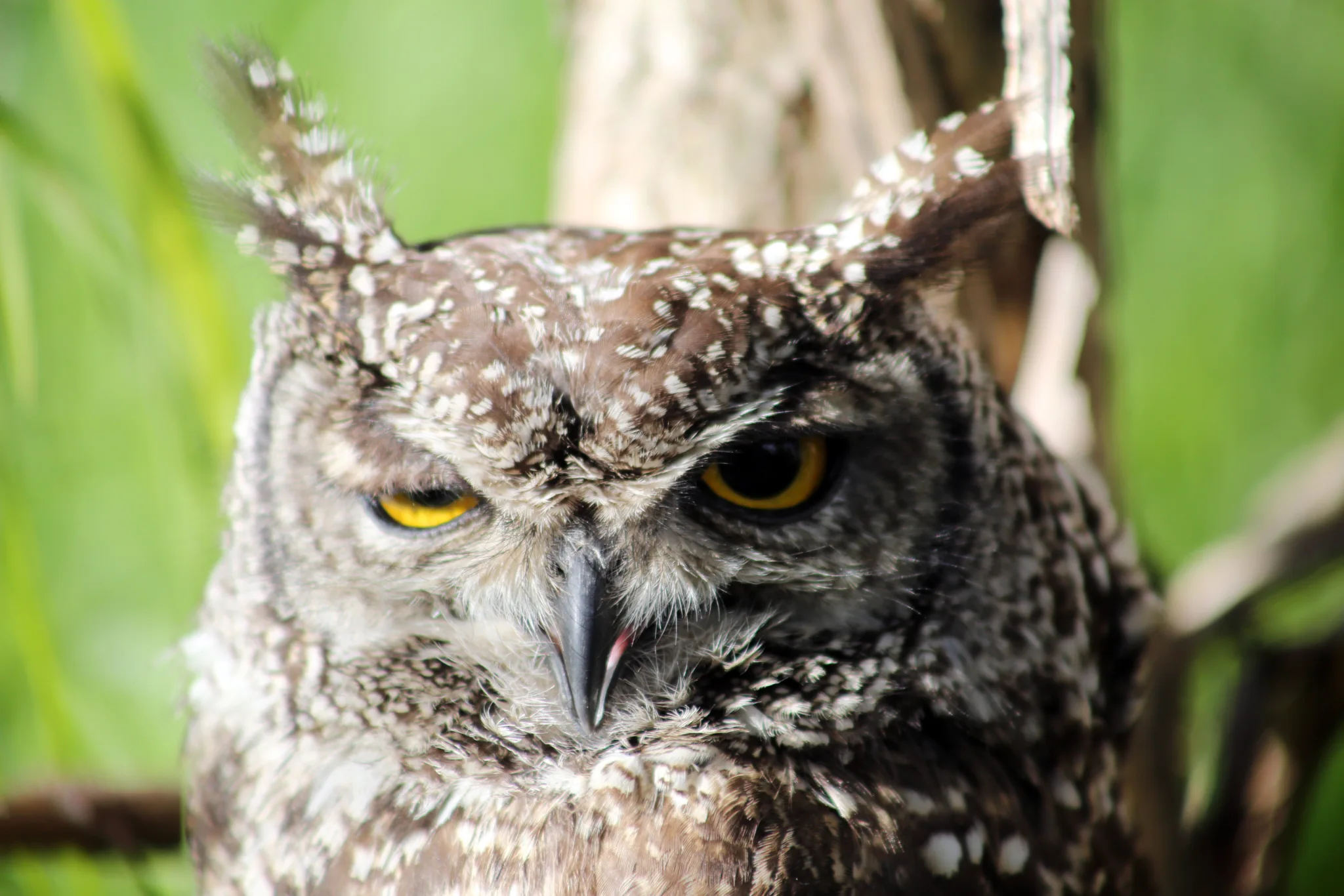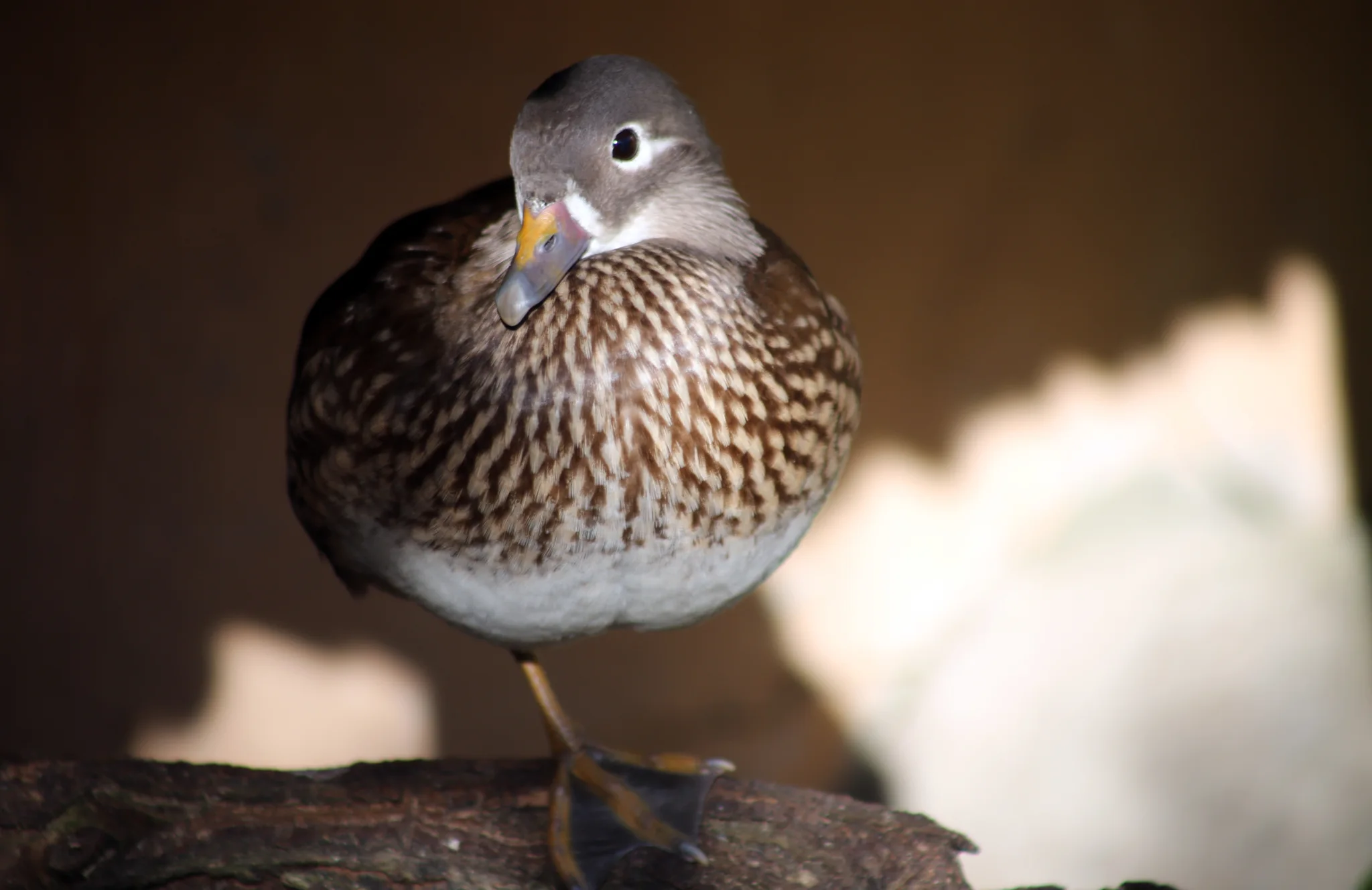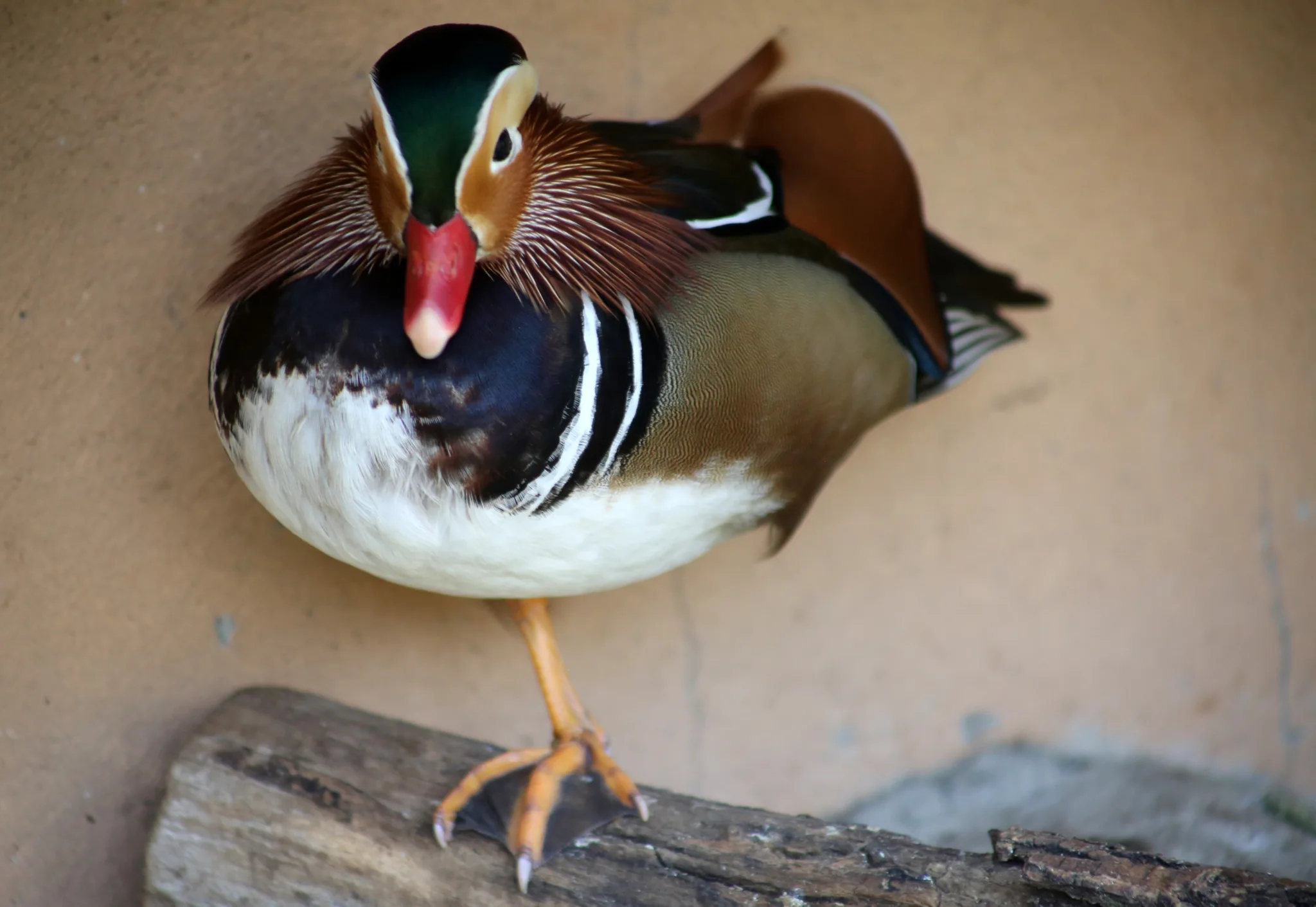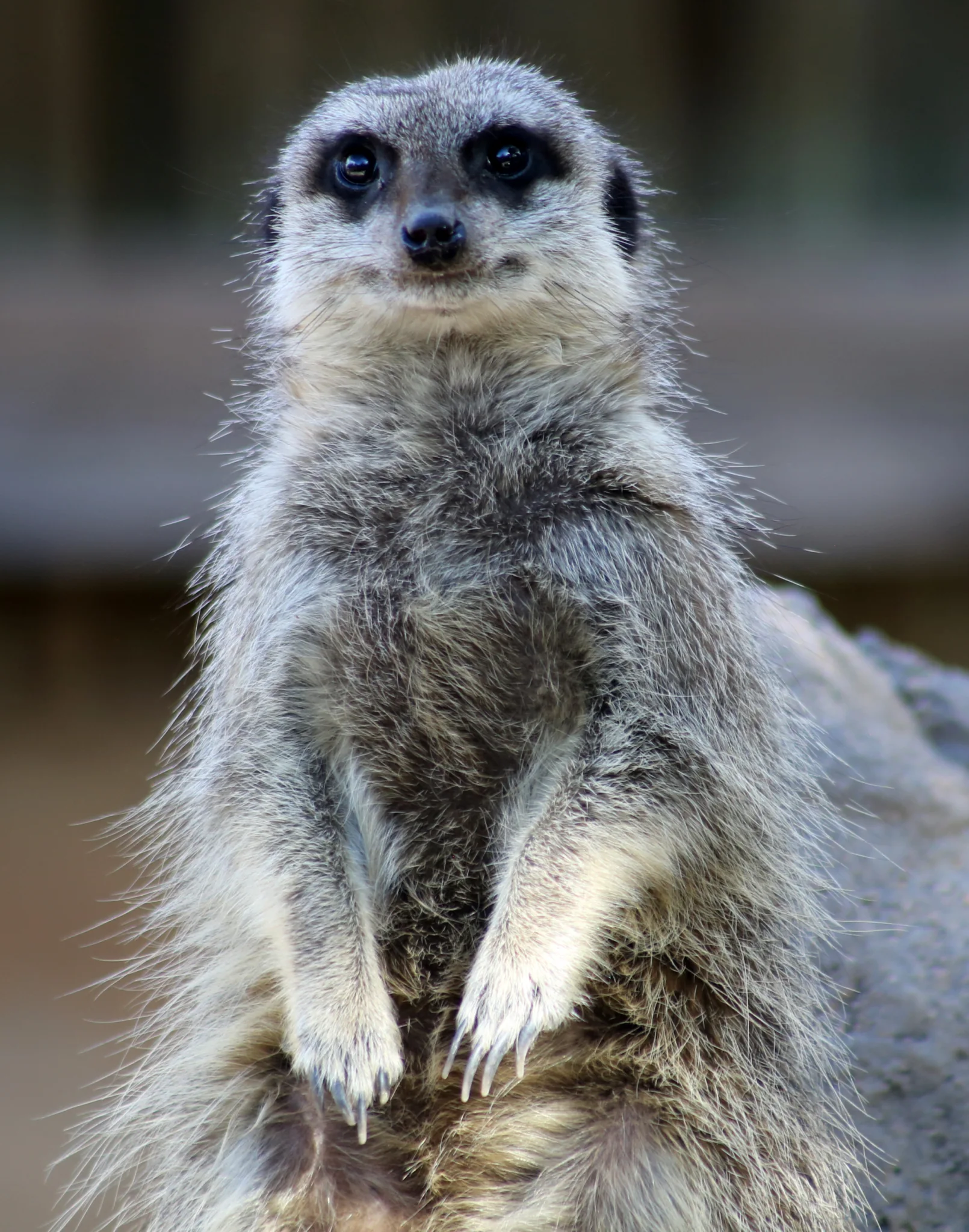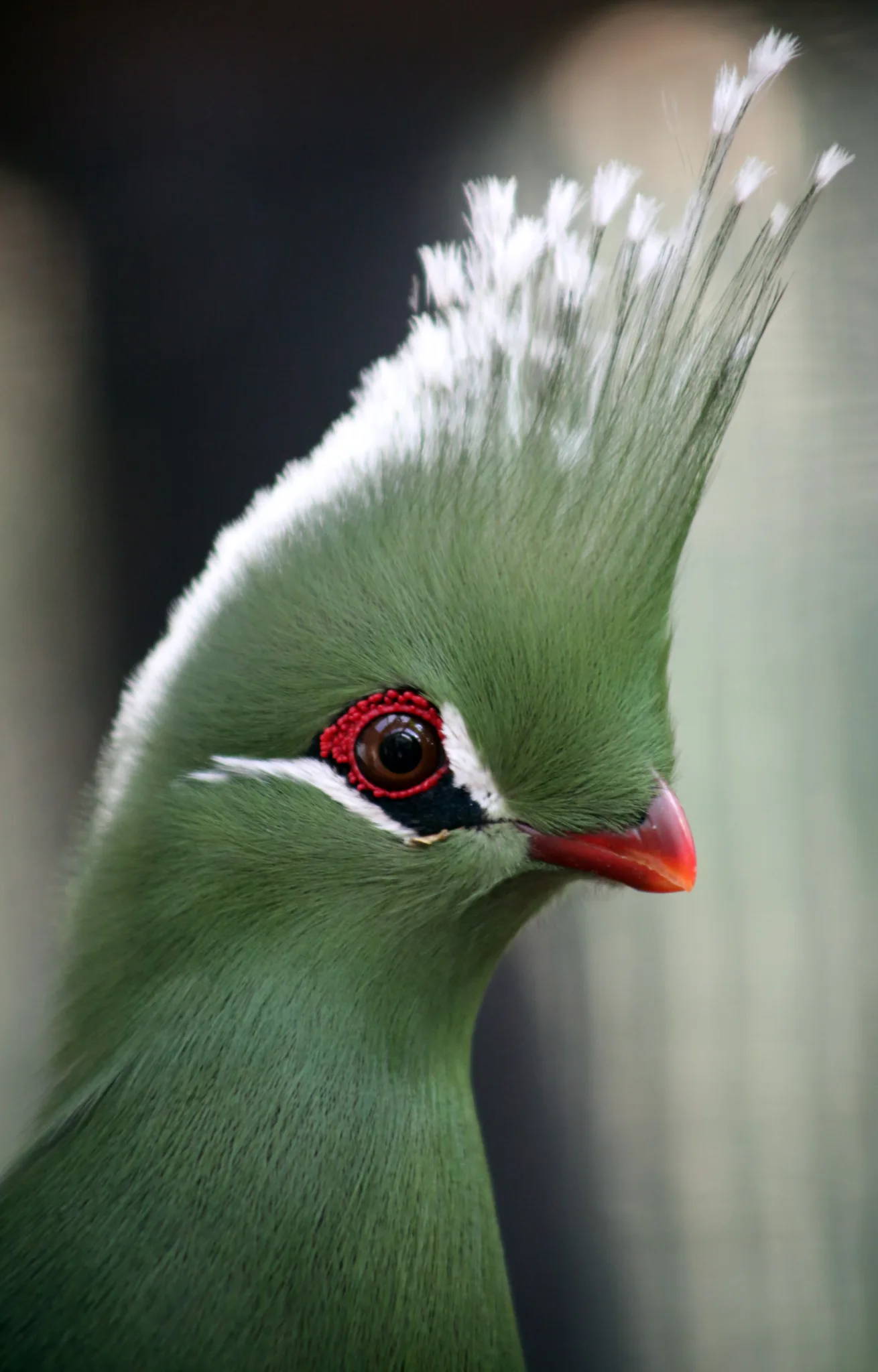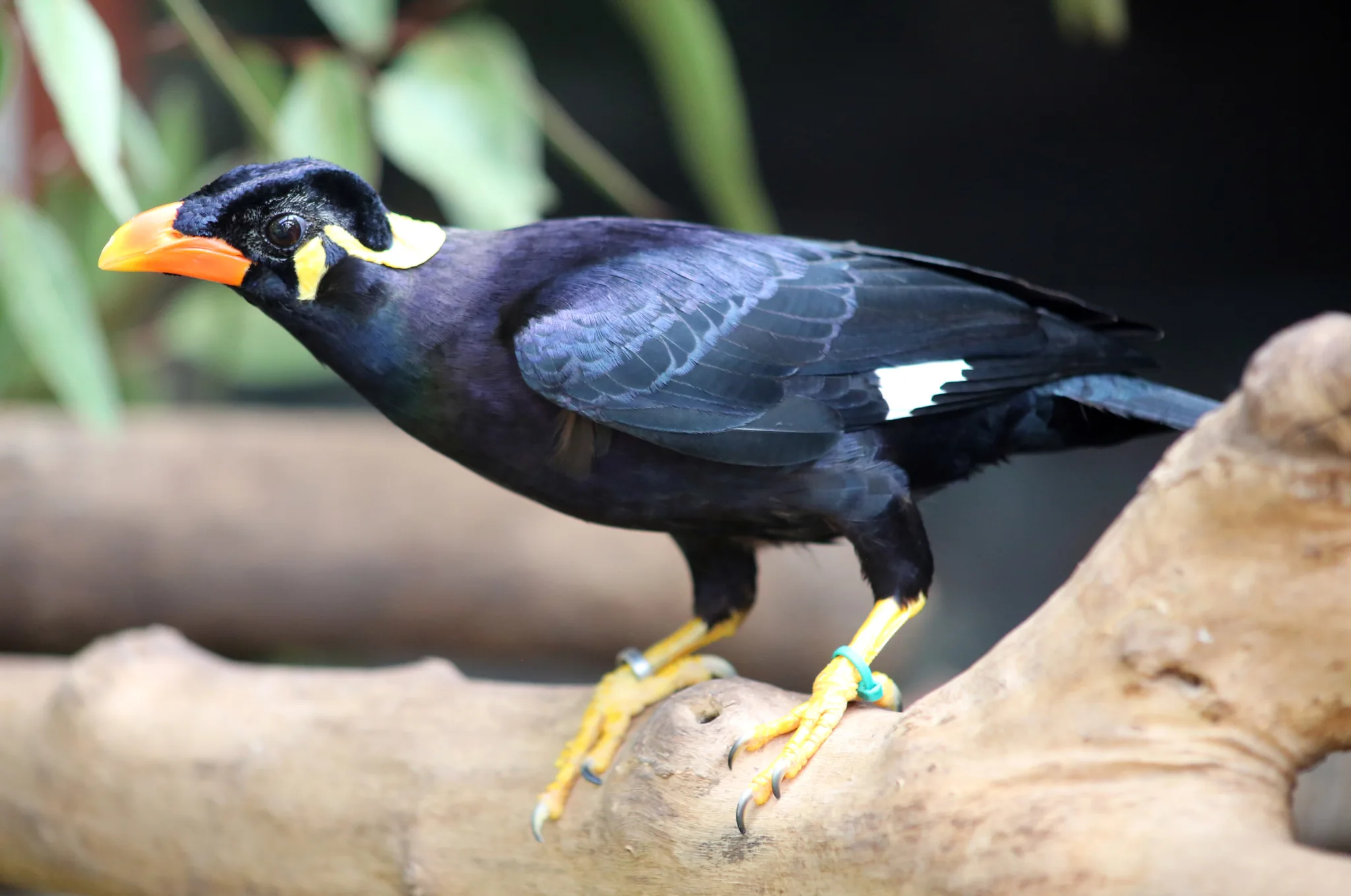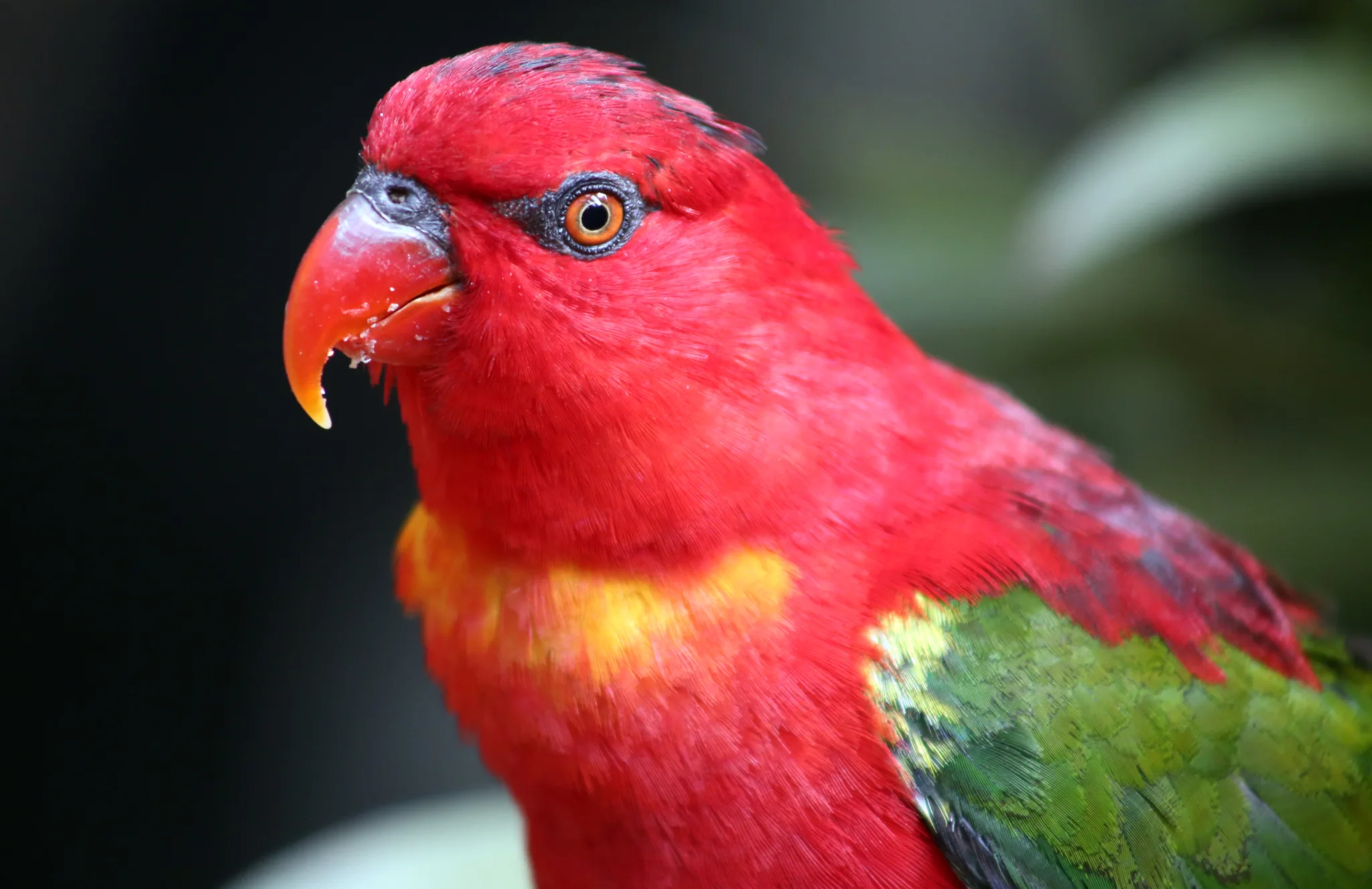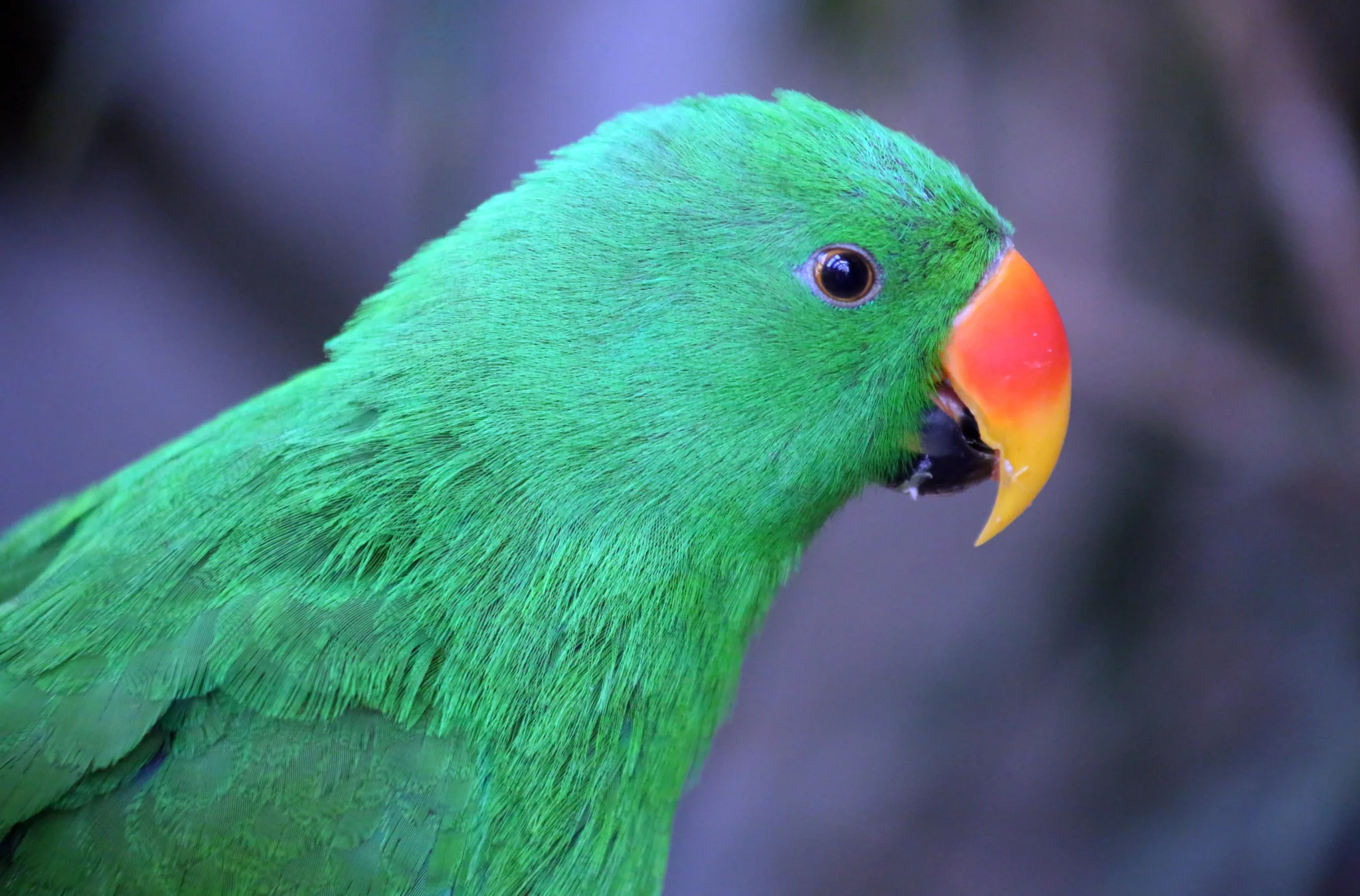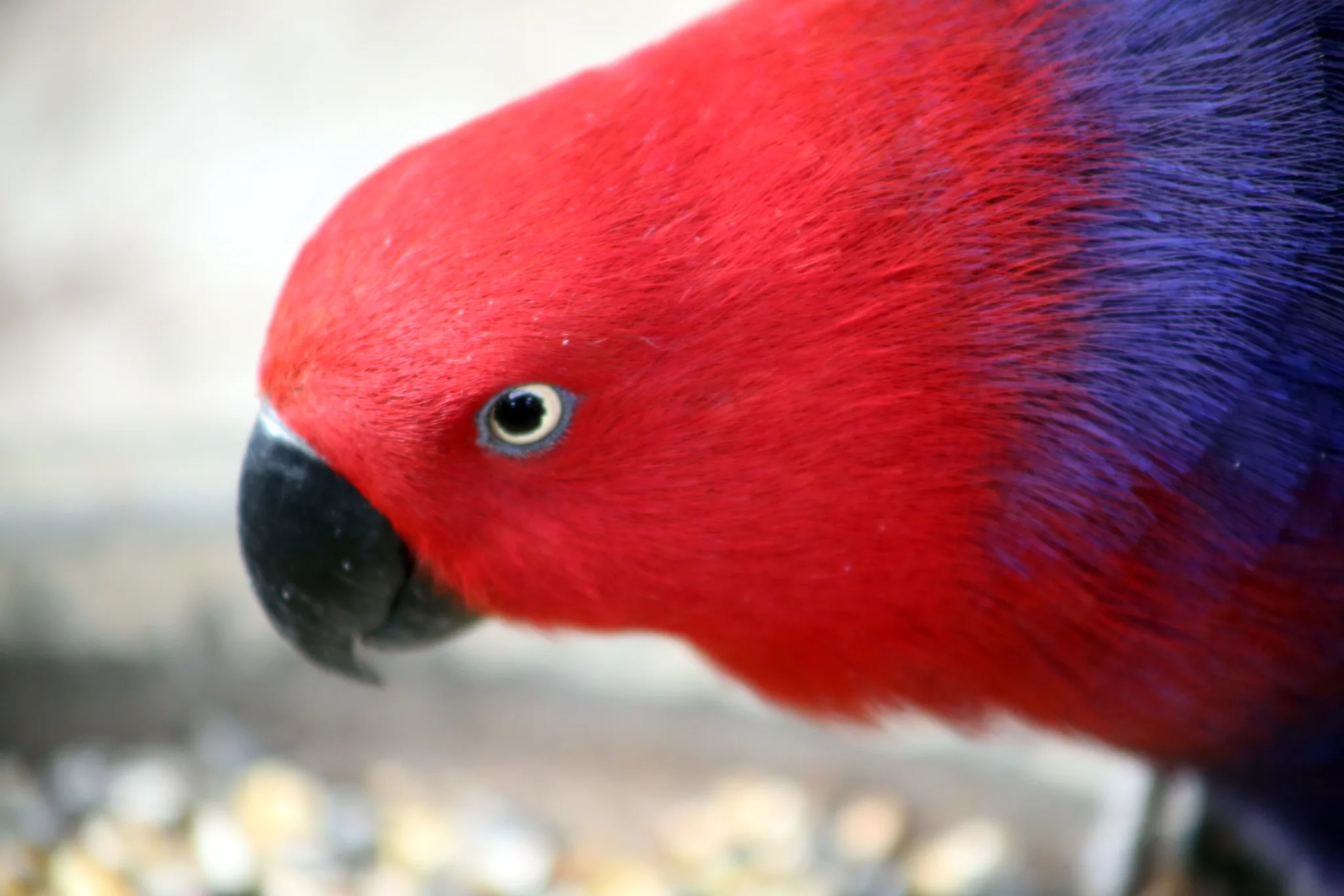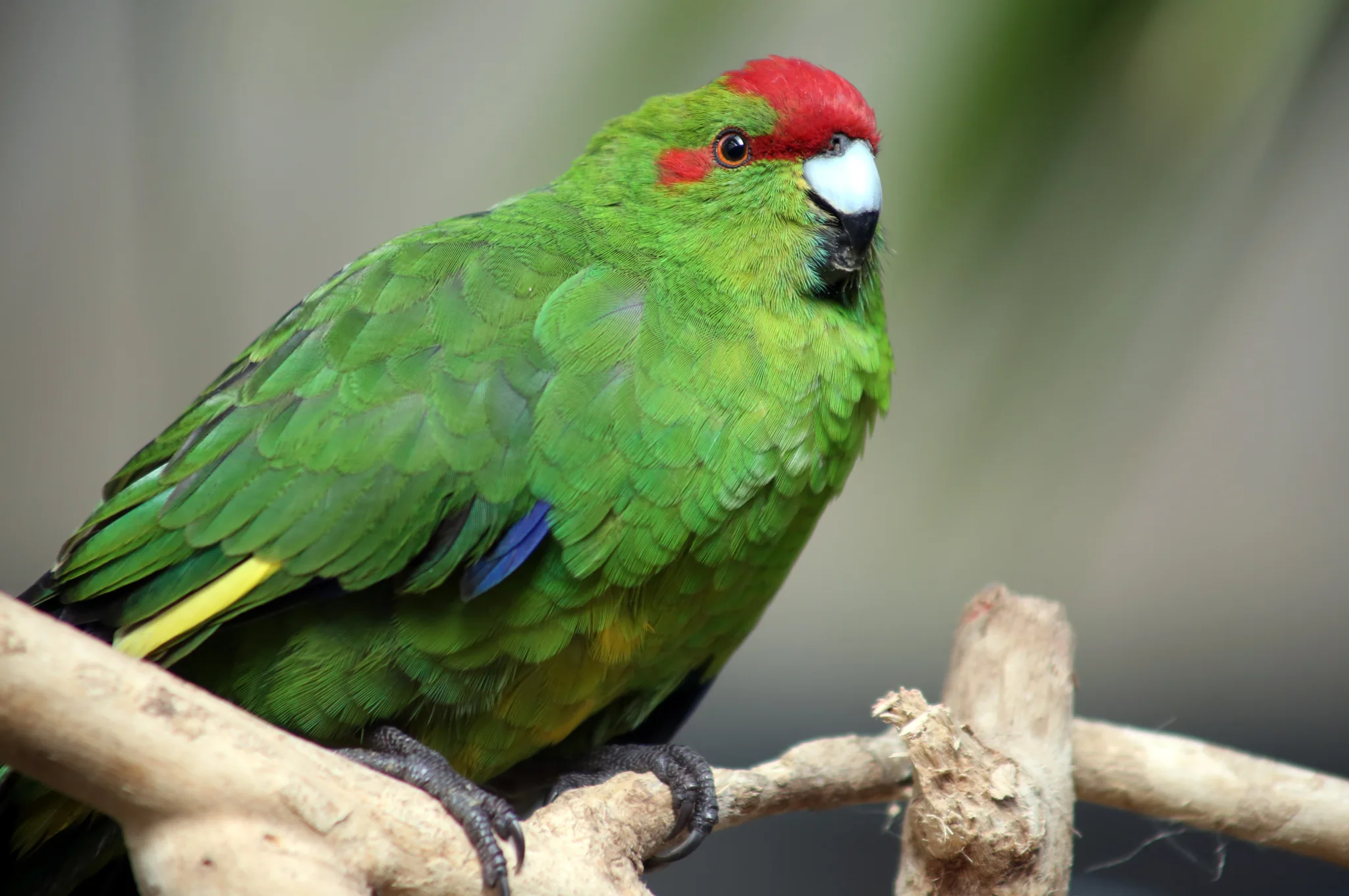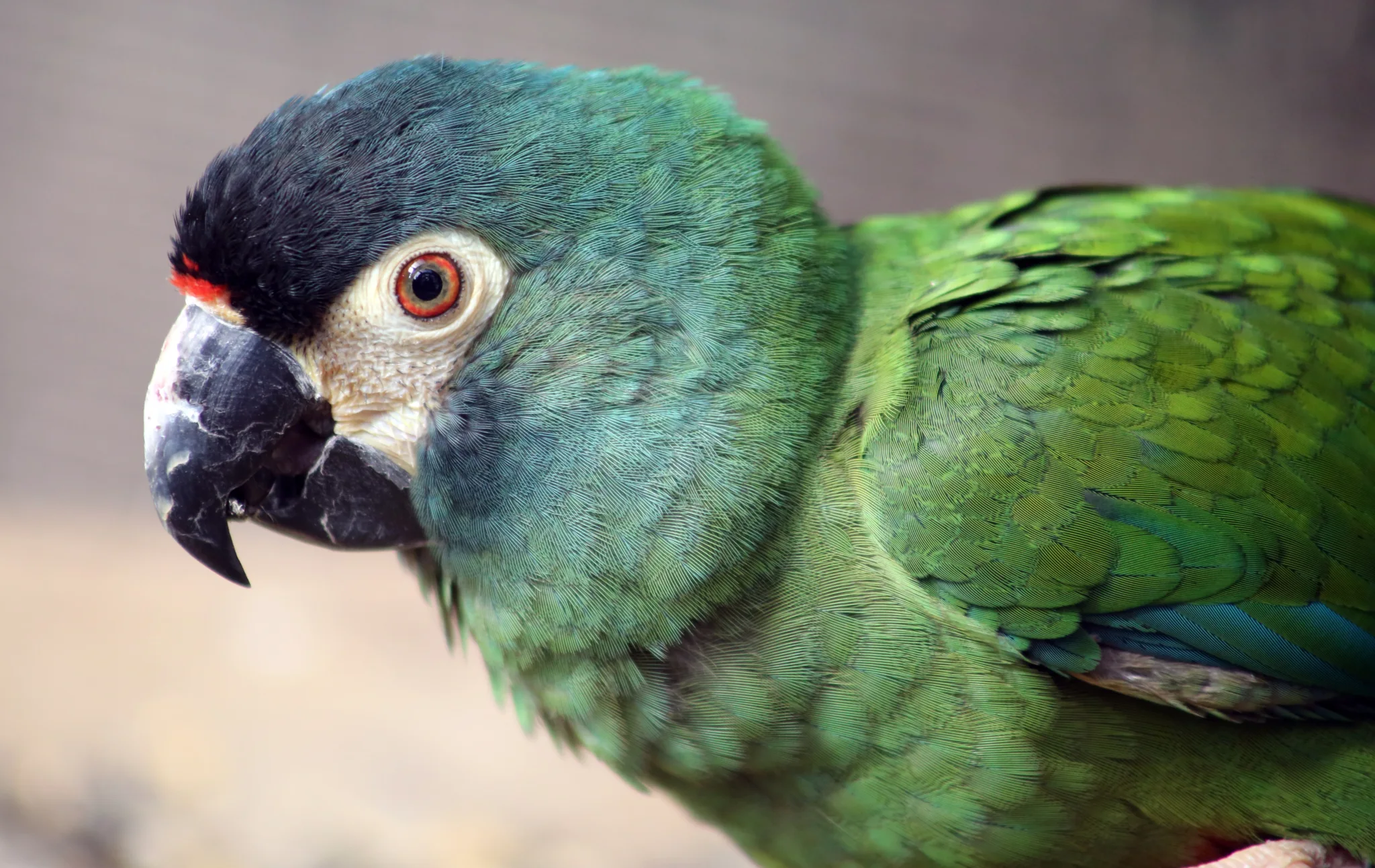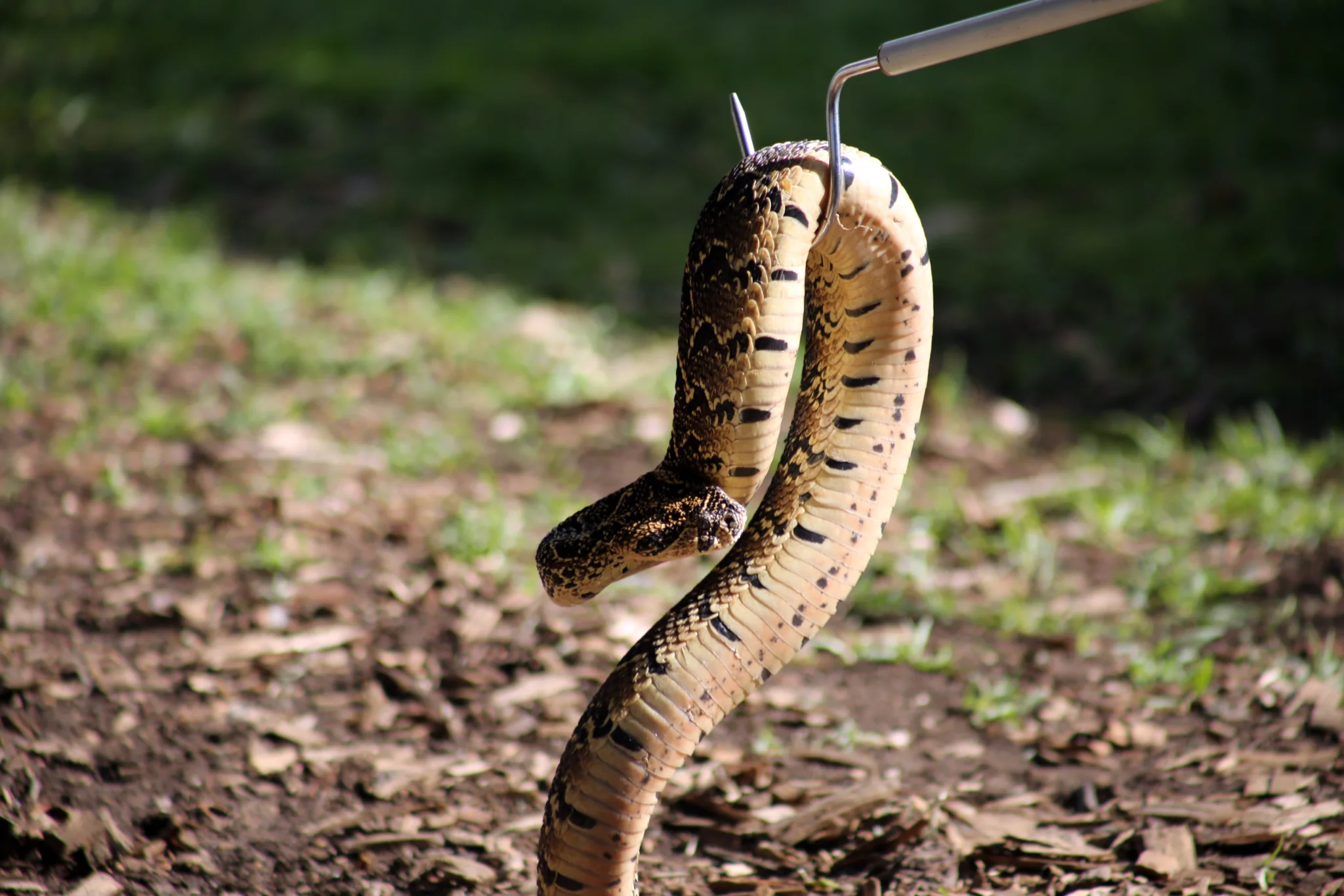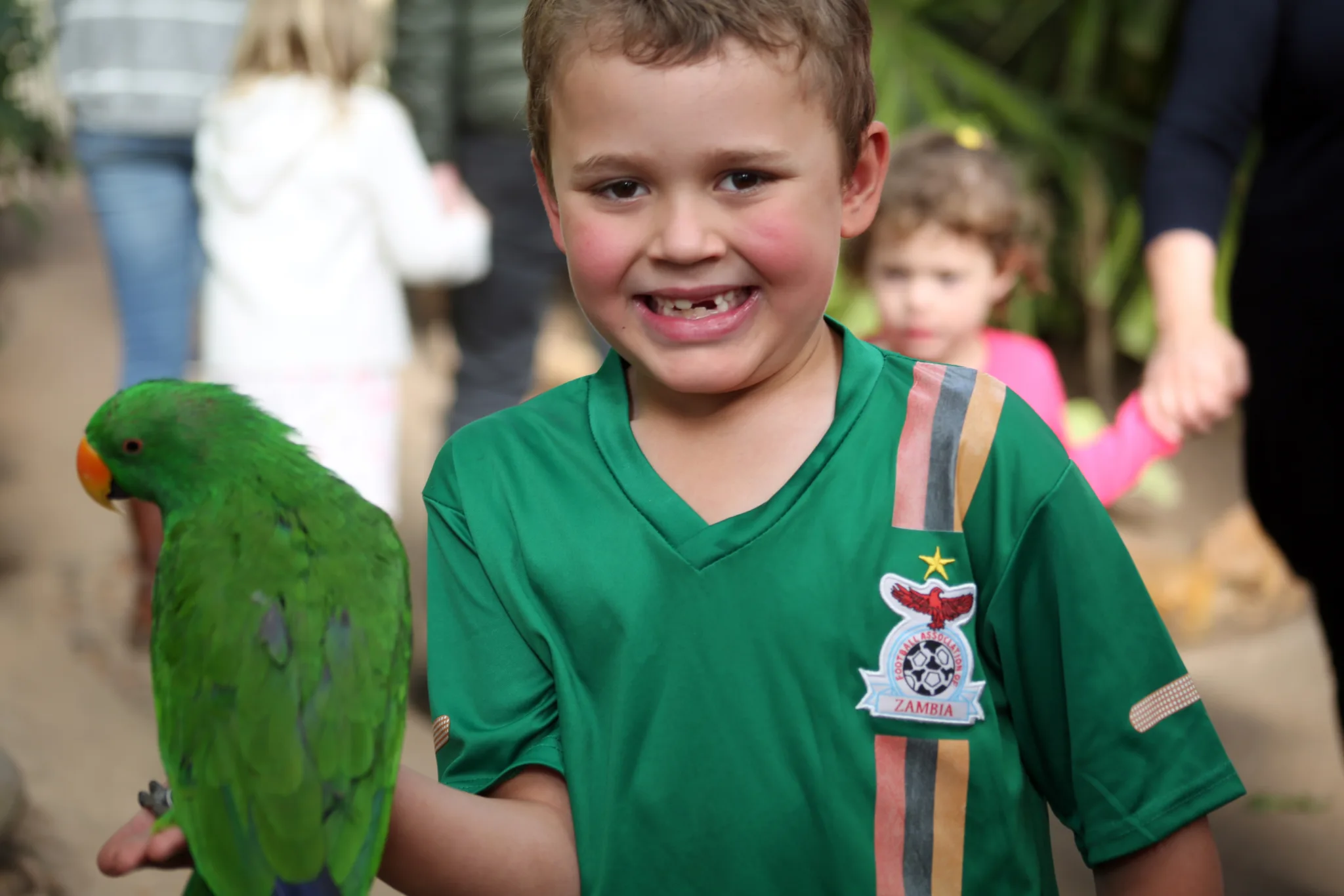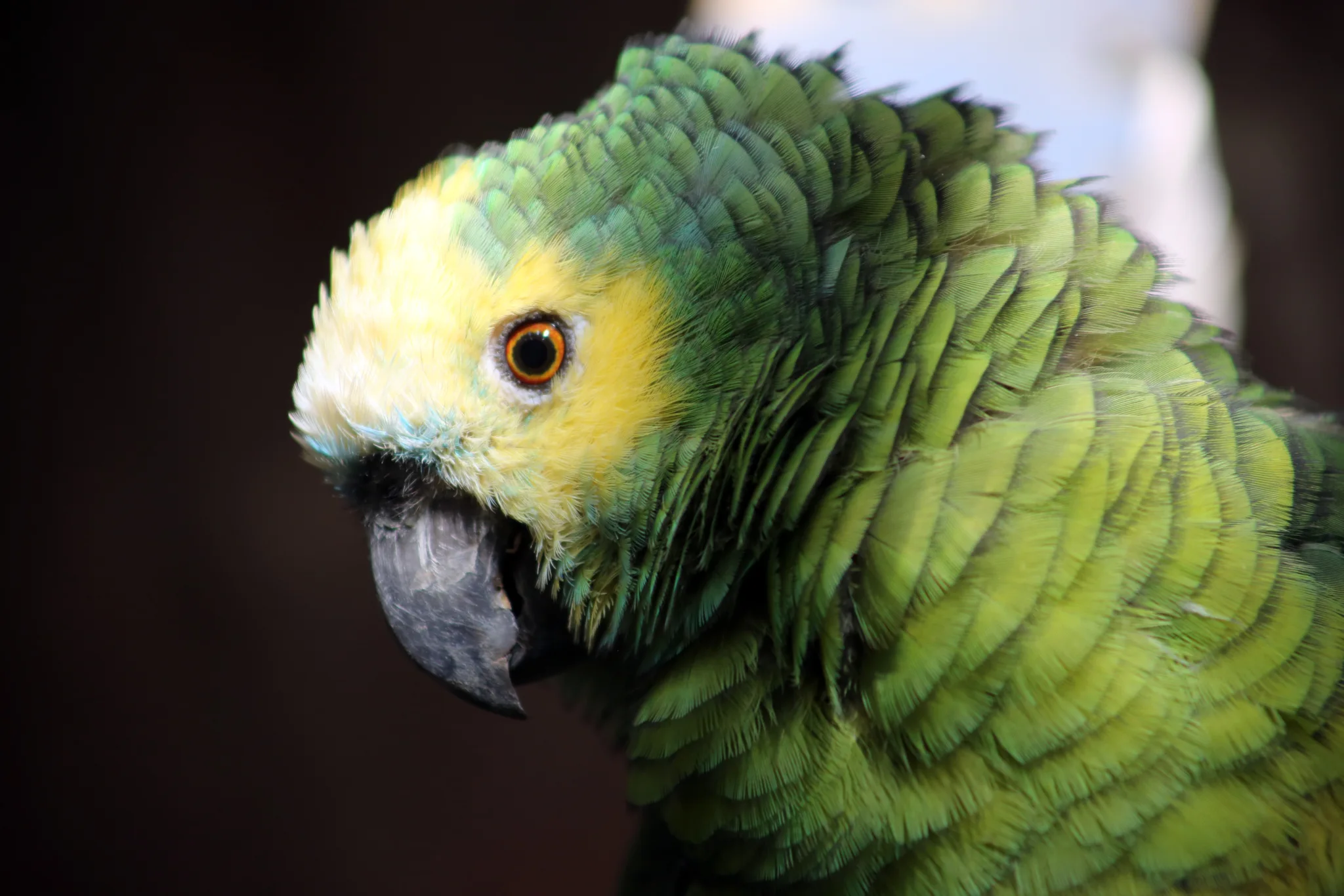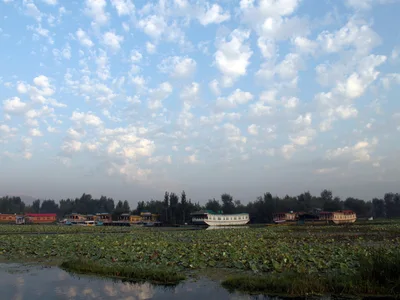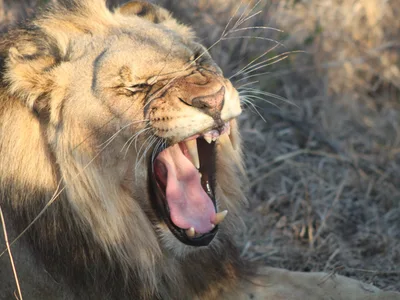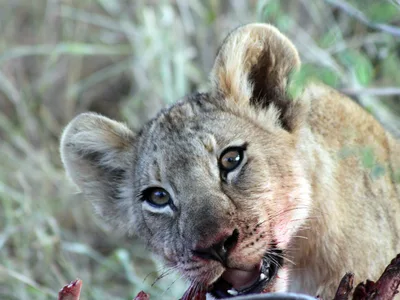The twitch of delicate, new wings emerging from a chrysalis. The turn of a feathered head and the glint of an eye. The intense focus of a meerkat. The implacable stare of a bearded dragon ...
These are some of the scenes you’ll encounter at the Butterfly World Animal Sanctuary, near Stellenbosch in South Africa’s Western Cape province. It’s hard to take a bad photograph here – partly because you are able to get so close to the animals, all of which, apart from the butterflies, have been donated by their owners or conservation authorities.
This special and caring place is a sanctuary for animals that were unwanted pets or can’t return to the wild for some reason.
These photos were taken by Flow’s CEO, Tara Turkington.
Photography is a passion of ours at Flow. We’re also passionate about sharing the photos we take during the course of our work and travels with the Creative Commons community. This means all our photos are free to use for any reason (for example on a website, in a brochure or to illustrate blog posts), as long as you credit us.
There are more than 15 000 images free to view and download on Flow’s Flickr account, and this number is growing all the time. Our photographs have collectively attracted almost four million views since we first set up the account. Please feel free to visit Flow on Flickr, and to browse, download and use any photographs you would like to.
